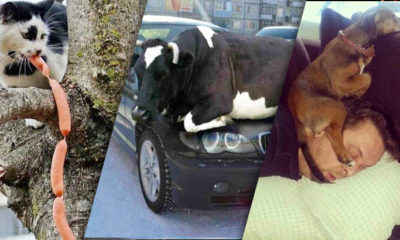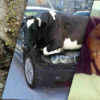ANIMALS
25 Cities From Around The World That Are Actually Considered Forests
Published
7 months agoon
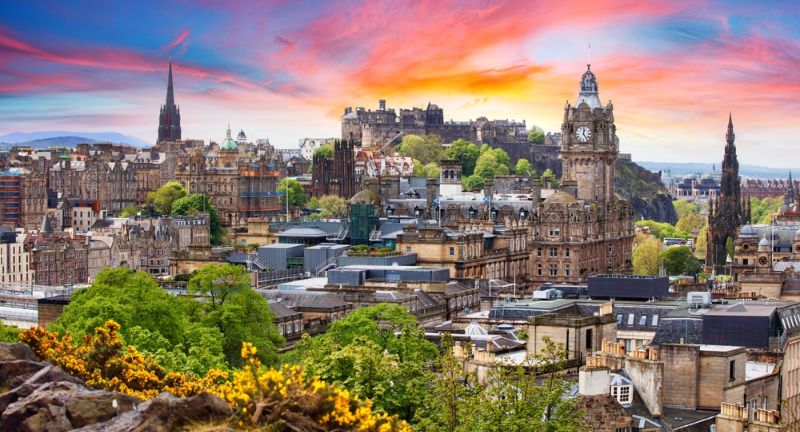
Shutterstock
Around the world, many cities are celebrated not only for their urban sophistication but also for their abundant green spaces and surrounding forests. These cities offer residents and visitors a unique blend of metropolitan life and natural beauty, providing a refreshing escape from the hustle and bustle. In this guide, we’ll explore 25 cities that are renowned for their lush, forest-like environments. From the tranquil parks of Oslo to the urban forests of Singapore, these cities highlight the importance of preserving green spaces within urban landscapes. Discover how these cities seamlessly integrate nature into their urban settings, creating havens of tranquility and beauty.
Oslo, Norway
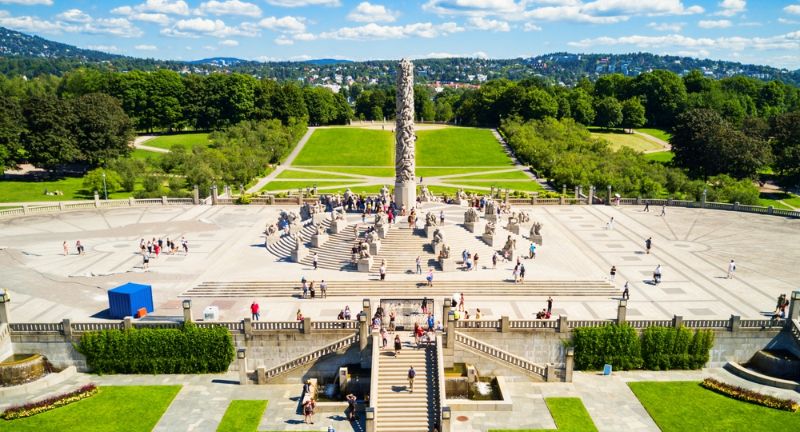
Shutterstock
Oslo, the capital city of Norway, is renowned for its extensive green spaces and surrounding forests. The city is nestled between the Oslofjord and vast forested areas, making nature accessible to its residents. With numerous parks, protected areas, and the famous Nordmarka forest nearby, Oslo offers a unique blend of urban living and natural beauty. This close proximity to nature provides ample opportunities for outdoor activities such as hiking, skiing, and cycling.
Vancouver, Canada
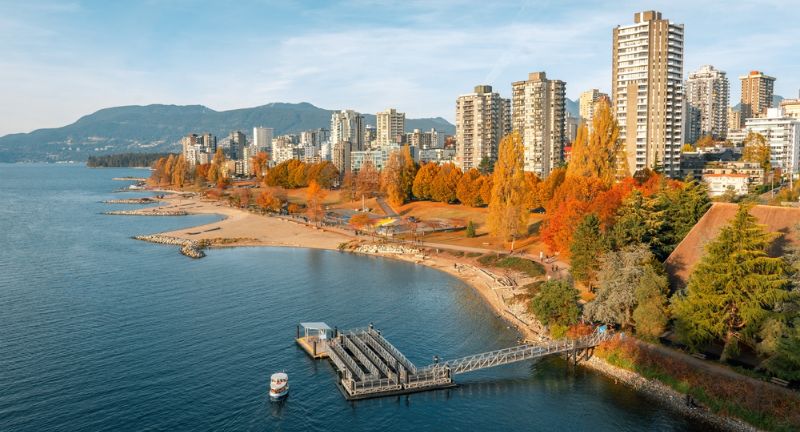
Shutterstock
Vancouver is a city in Canada that boasts lush forests both within and surrounding its urban area. Stanley Park, one of the largest urban parks in North America, is home to dense forest areas and diverse wildlife. The city is also close to numerous natural reserves and mountain ranges, providing a seamless connection between urban life and nature. Vancouver’s commitment to preserving its green spaces makes it a haven for outdoor enthusiasts.
Singapore

Shutterstock
Singapore, often referred to as the “City in a Garden,” is renowned for its extensive greenery and urban forests. The city-state has implemented numerous green initiatives, such as the development of Gardens by the Bay and the preservation of the Bukit Timah Nature Reserve. Singapore’s integration of nature into its urban landscape creates a unique environment where modern infrastructure coexists with lush vegetation. This commitment to greenery makes Singapore a model for sustainable urban living.
Berlin, Germany
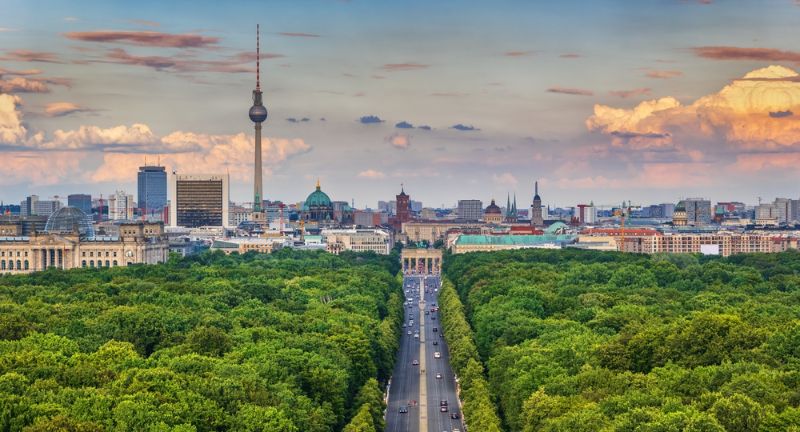
Shutterstock
Berlin, the capital of Germany, is a city characterized by its abundant green spaces and forests. The Grunewald Forest, located within the city limits, offers a vast expanse of natural beauty for residents and visitors. Berlin’s numerous parks and green belts provide a refreshing contrast to its urban environment. The city’s dedication to maintaining and expanding its green areas makes it a vibrant, nature-friendly metropolis.
Seoul, South Korea
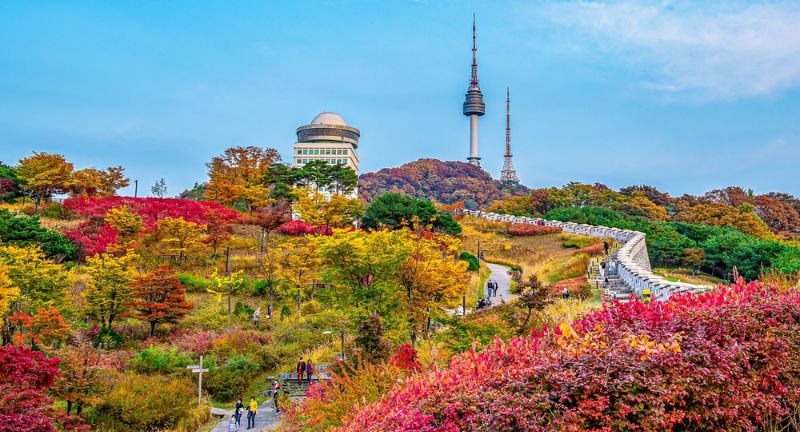
Shutterstock
Seoul, the bustling capital of South Korea, is surrounded by mountains and forests that provide a natural escape from urban life. Bukhansan National Park, located within the city limits, offers extensive hiking trails and scenic views. The city’s green spaces, including parks and riverside areas, are integral to its urban planning. Seoul’s harmonious blend of nature and modernity makes it a unique and appealing city for residents and tourists alike.
Portland, Oregon, USA
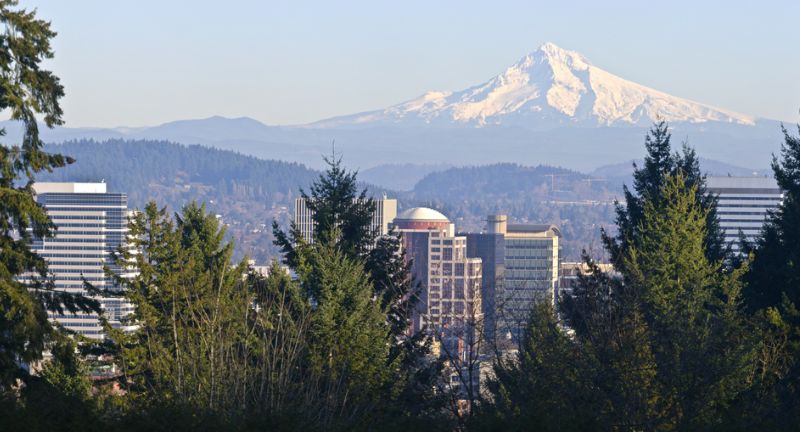
Shutterstock
Portland, Oregon, is known for its dedication to green living and its abundance of urban forests. The city is home to Forest Park, one of the largest urban forests in the United States, offering miles of trails and natural beauty. Portland’s commitment to sustainability is evident in its numerous parks, green spaces, and tree-lined streets. The city’s environmental initiatives and access to nature make it a model for urban green living.
Stockholm, Sweden
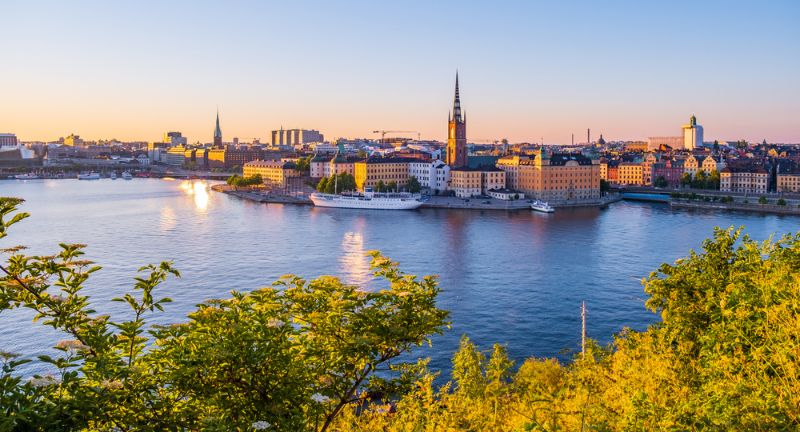
Shutterstock
Stockholm, the capital of Sweden, is a city that seamlessly integrates forests and green spaces into its urban environment. The city is spread across 14 islands and features numerous parks, nature reserves, and forested areas. Stockholm’s Djurgården island, a national city park, is a prime example of urban nature, offering vast green spaces and recreational areas. This blend of urbanity and nature makes Stockholm a picturesque and environmentally friendly city.
Wellington, New Zealand
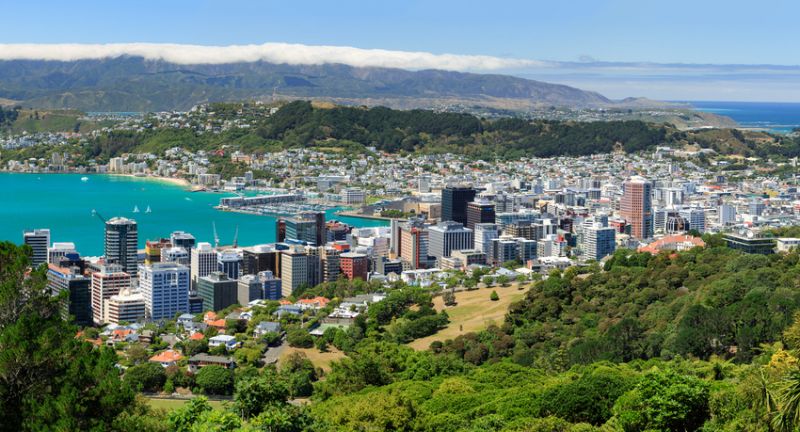
Shutterstock
Wellington, the capital of New Zealand, is renowned for its stunning natural surroundings and urban forests. The city is surrounded by hills and lush green spaces, with numerous parks and reserves such as the Wellington Botanic Garden. Wellington’s commitment to preserving its natural beauty is evident in its extensive walking trails and green belts. The city’s harmonious relationship with nature makes it a vibrant and attractive place to live and visit.
Tokyo, Japan
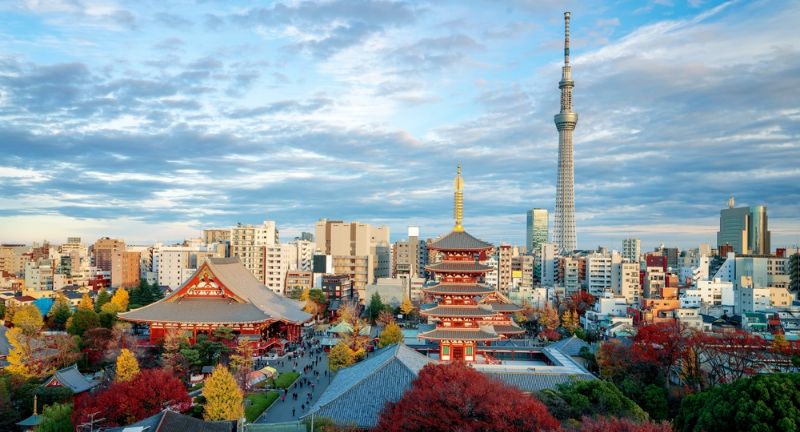
Shutterstock
Tokyo, the bustling capital of Japan, is home to numerous parks and green spaces that provide a natural respite from urban life. The city’s extensive gardens, such as Shinjuku Gyoen and Ueno Park, offer lush greenery and tranquil settings. Tokyo’s commitment to integrating nature into its urban landscape is evident in its green initiatives and preserved historical gardens. This blend of modernity and nature makes Tokyo a unique and dynamic metropolis.
Vancouver, Washington, USA
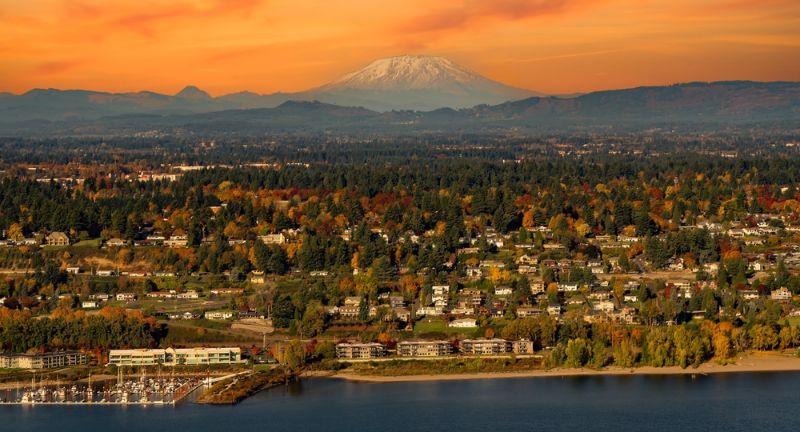
Shutterstock
Vancouver, Washington, is a city that prides itself on its lush green spaces and proximity to nature. The city is surrounded by forests and offers numerous parks and recreational areas for outdoor activities. Vancouver’s commitment to preserving its natural beauty is reflected in its extensive trail systems and green belts. This connection to nature makes it an appealing and environmentally conscious place to live.
Auckland, New Zealand
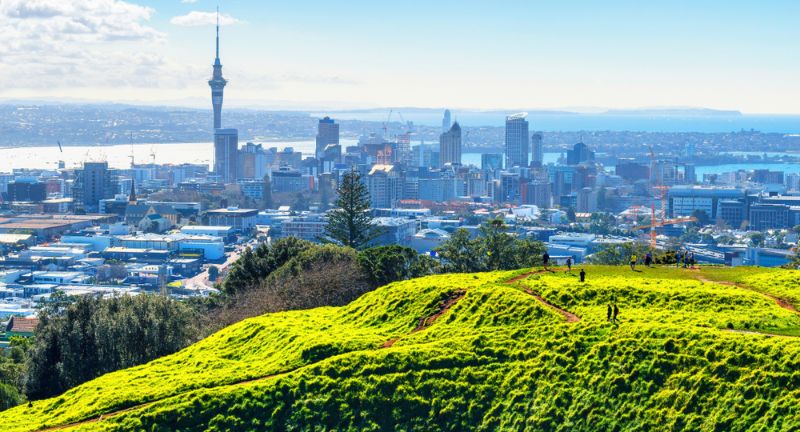
Shutterstock
Auckland, the largest city in New Zealand, is known for its stunning natural landscapes and urban forests. The city is surrounded by lush greenery, volcanic cones, and beautiful beaches. Auckland’s numerous parks and reserves, such as the Waitakere Ranges, offer extensive trails and outdoor activities. The city’s commitment to preserving its natural beauty makes it a vibrant and attractive place to live and explore.
São Paulo, Brazil
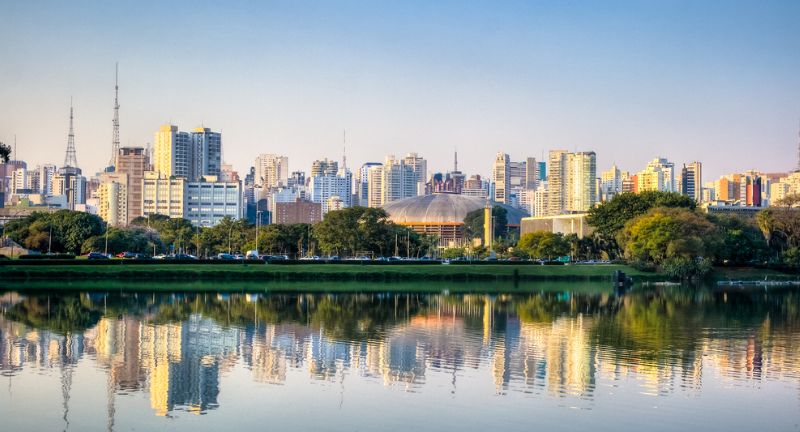
Shutterstock
São Paulo, one of the largest cities in Brazil, is home to extensive green spaces and urban forests. The city’s numerous parks, such as Ibirapuera Park and Cantareira State Park, offer lush greenery and recreational areas. São Paulo’s commitment to preserving its natural beauty is reflected in its green initiatives and protected areas. This connection to nature provides residents with a respite from urban life and a chance to enjoy outdoor activities.
Melbourne, Australia
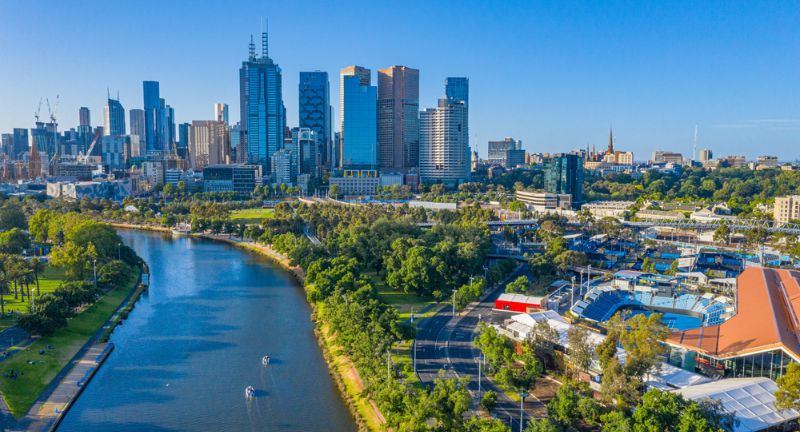
Shutterstock
Melbourne, the capital of Victoria in Australia, is known for its extensive green spaces and commitment to sustainability. The city is surrounded by parks, gardens, and urban forests that provide a natural escape from urban life. Melbourne’s numerous green initiatives and protected areas make it a model for environmentally friendly urban living. The city’s dedication to preserving its natural beauty makes it a vibrant and attractive place to live.
Edinburgh, Scotland

Shutterstock
Edinburgh, the capital of Scotland, is a city characterized by its abundant green spaces and surrounding forests. The city’s numerous parks, such as Holyrood Park and the Royal Botanic Garden, offer lush greenery and recreational areas. Edinburgh’s commitment to preserving its natural beauty is reflected in its green initiatives and protected areas. This connection to nature provides residents with a respite from urban life and a chance to enjoy outdoor activities.
San Francisco, California, USA
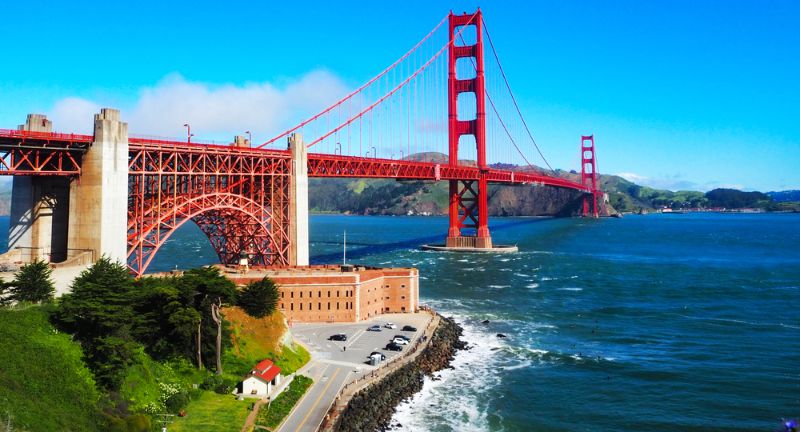
Shutterstock
San Francisco, California, is a city known for its picturesque landscapes and green spaces. The city’s numerous parks, such as Golden Gate Park and the Presidio, offer lush greenery and recreational areas. San Francisco’s commitment to preserving its natural beauty is reflected in its green initiatives and protected areas. This connection to nature provides residents with a respite from urban life and a chance to enjoy outdoor activities.
Zurich, Switzerland
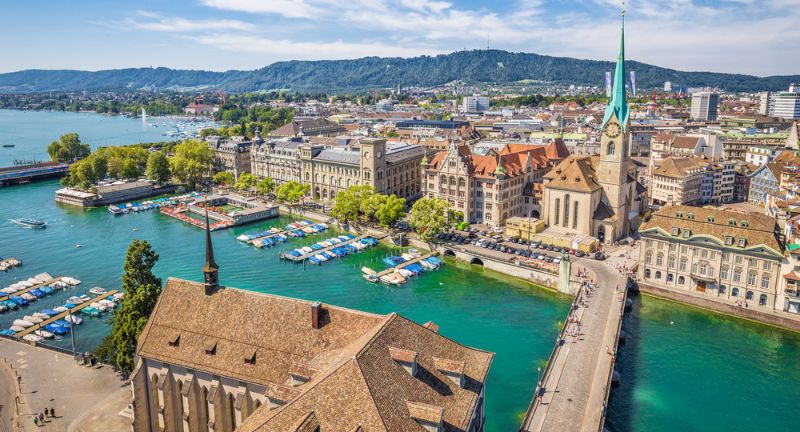
Shutterstock
Zurich, the largest city in Switzerland, is renowned for its extensive green spaces and surrounding forests. The city’s numerous parks, such as the Zurich Botanical Garden and the Uetliberg mountain, offer lush greenery and recreational areas. Zurich’s commitment to preserving its natural beauty is reflected in its green initiatives and protected areas. This connection to nature provides residents with a respite from urban life and a chance to enjoy outdoor activities.
Munich, Germany
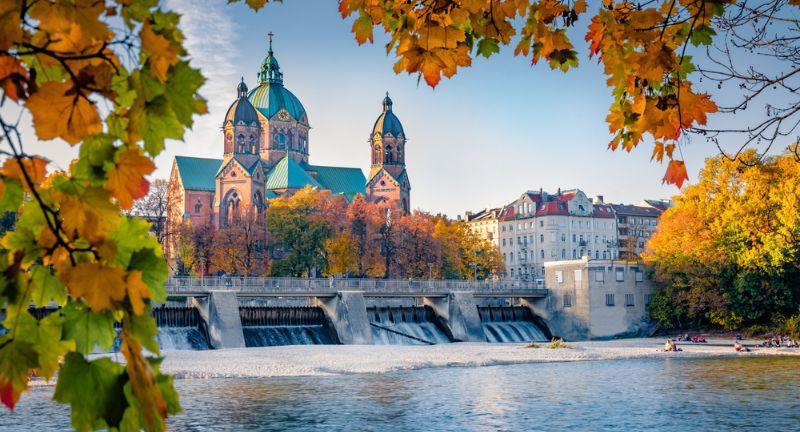
Shutterstock
Munich, the capital of Bavaria in Germany, is a city known for its extensive green spaces and surrounding forests. The city’s numerous parks, such as the English Garden and the Nymphenburg Palace Park, offer lush greenery and recreational areas. Munich’s commitment to preserving its natural beauty is reflected in its green initiatives and protected areas. This connection to nature provides residents with a respite from urban life and a chance to enjoy outdoor activities.
Reykjavik, Iceland
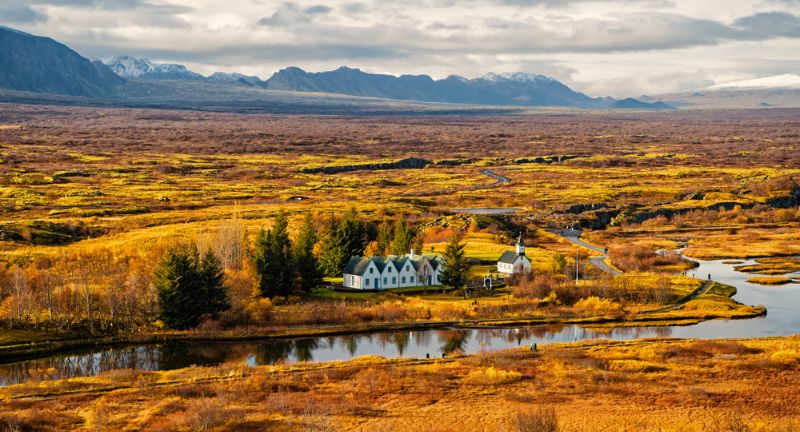
Shutterstock
Reykjavik, the capital of Iceland, is a city surrounded by stunning natural landscapes and urban forests. The city’s numerous parks, such as Heiðmörk Nature Reserve and Elliðaárdalur Valley, offer lush greenery and recreational areas. Reykjavik’s commitment to preserving its natural beauty is reflected in its green initiatives and protected areas. This connection to nature provides residents with a respite from urban life and a chance to enjoy outdoor activities.
Brisbane, Australia
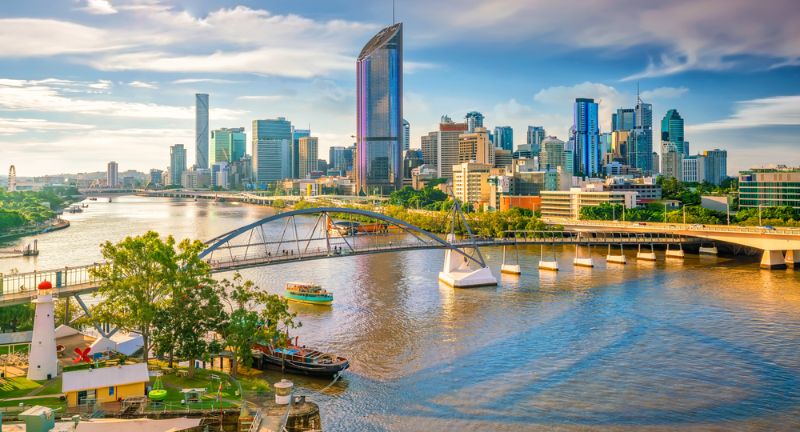
Shutterstock
Brisbane, the capital of Queensland in Australia, is known for its extensive green spaces and commitment to sustainability. The city is surrounded by parks, gardens, and urban forests that provide a natural escape from urban life. Brisbane’s numerous green initiatives and protected areas make it a model for environmentally friendly urban living. The city’s dedication to preserving its natural beauty makes it a vibrant and attractive place to live.
Hong Kong

Shutterstock
Hong Kong is a bustling metropolis that also boasts an impressive array of green spaces and urban forests. The city’s numerous parks, such as Victoria Peak Garden and Kowloon Walled City Park, offer lush greenery and recreational areas. Hong Kong’s commitment to preserving its natural beauty is reflected in its green initiatives and protected areas. This connection to nature provides residents with a respite from urban life and a chance to enjoy outdoor activities.
Toronto, Canada
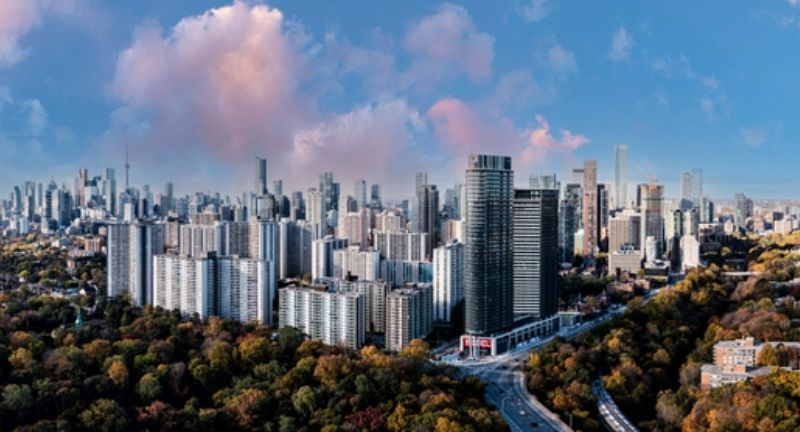
Shutterstock
Toronto, the largest city in Canada, is known for its extensive green spaces and urban forests. The city’s numerous parks, such as High Park and Rouge National Urban Park, offer lush greenery and recreational areas. Toronto’s commitment to preserving its natural beauty is reflected in its green initiatives and protected areas. This connection to nature provides residents with a respite from urban life and a chance to enjoy outdoor activities.
Paris, France

Shutterstock
Paris, the capital of France, is renowned for its beautiful parks and green spaces. The city’s numerous parks, such as the Bois de Boulogne and the Jardin des Tuileries, offer lush greenery and recreational areas. Paris’s commitment to preserving its natural beauty is reflected in its green initiatives and protected areas. This connection to nature provides residents with a respite from urban life and a chance to enjoy outdoor activities.
Kyoto, Japan
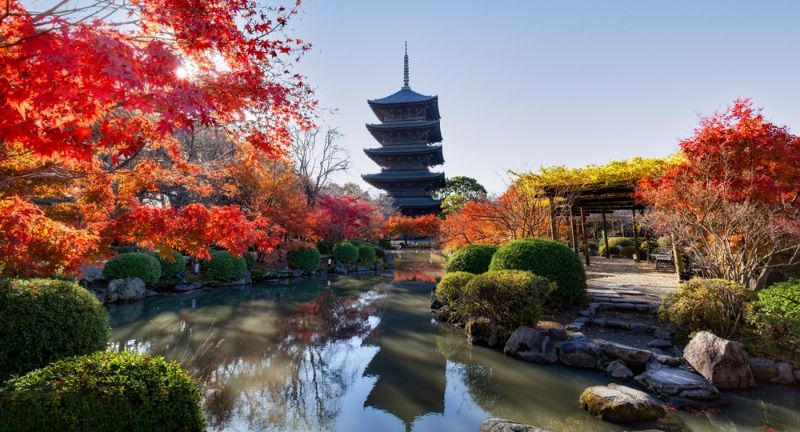
Shutterstock
Kyoto, a city in Japan known for its rich cultural heritage, is also home to numerous green spaces and forests. The city’s many temples and shrines are often surrounded by beautiful gardens and forested areas. Kyoto’s commitment to preserving its natural beauty is reflected in its green initiatives and protected areas. This connection to nature provides residents with a respite from urban life and a chance to enjoy outdoor activities.
Bangkok, Thailand
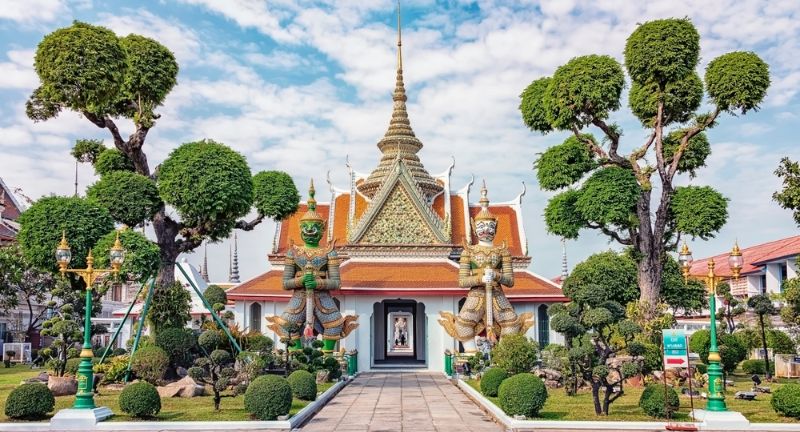
Shutterstock
Bangkok, the capital of Thailand, is a bustling city that also boasts an impressive array of green spaces and urban forests. The city’s numerous parks, such as Lumphini Park and Chatuchak Park, offer lush greenery and recreational areas. Bangkok’s commitment to preserving its natural beauty is reflected in its green initiatives and protected areas. This connection to nature provides residents with a respite from urban life and a chance to enjoy outdoor activities.
Conclusion
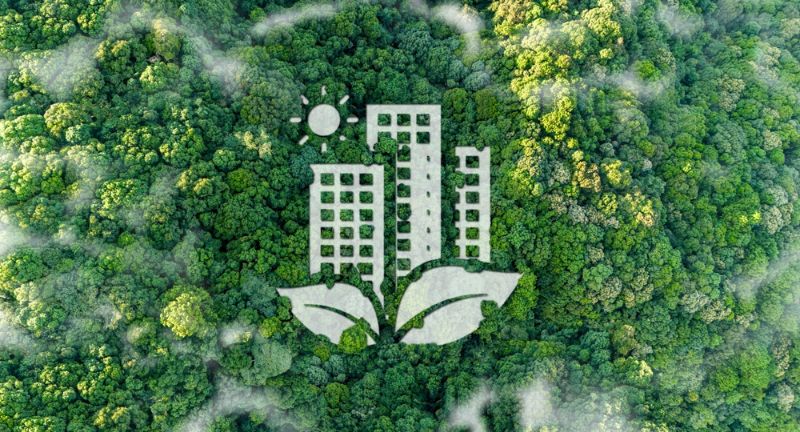
Shutterstock
These 25 cities exemplify how urban environments can coexist harmoniously with nature, offering lush forests and green spaces that enhance the quality of life for their residents. By preserving and integrating natural landscapes, these cities provide vital ecological benefits and serene retreats within bustling urban settings. The commitment to maintaining green spaces reflects a growing awareness of the importance of nature in our daily lives. Whether you’re a resident or a visitor, these cities offer a unique blend of urban sophistication and natural beauty. Embrace the tranquility and rejuvenation that these urban forests provide, and appreciate the vital role they play in creating sustainable, livable cities.


